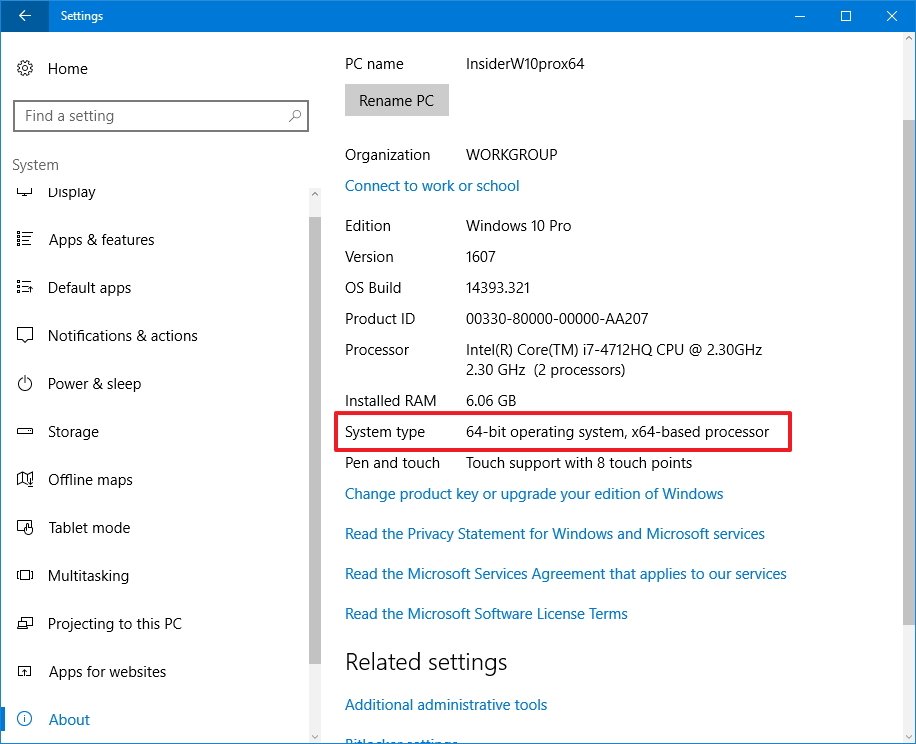Windows Server 2016 Update Manual Download
- Windows Server 2016 Update Manual Download Microsoft
- Windows Update Troubleshooter Server 2016
- Windows Server 2016 Update Manual Download Windows 7
- Server 2016 Offline Update
How to Install Updates on Windows Server 2016 Microsoft have remove Windows Update from the Control Panel so now it has to be done through the settings app. When I first when I went to update I couldn’t find Windows Update in the control panel then I figured out that it is only available through the Settings App or powershell. Microsoft Windows Update on 9162016 downloaded to install all failed on my newly installed Windows 7 Home Premium. Find the appropriate one for your computer. Click on the download button, and save the update to your desktop. When prompted, click on open to install the update. Windows Server 2008 and Windows Server 2008 R2. Oct 25, 2016 In this post, we are going to walk through how to manage the Windows Update settings on Windows Server 2016. Applies to: Server with Desktop Experience Server Core Validate your current WU settings using SCONFIG. To determine what updates your machine has already installed, follow these steps: Open a command prompt with Admin permissions.
 -->
-->Applies To: Windows Server (Semi-Annual Channel), Windows Server 2016, Windows Server 2012 R2, Windows Server 2012
Windows Server Update Services (WSUS) enables information technology administrators to deploy the latest Microsoft product updates. You can use WSUS to fully manage the distribution of updates that are released through Microsoft Update to computers on your network. This topic provides an overview of this server role and more information about how to deploy and maintain WSUS.
WSUS Server role description
A WSUS server provides features that you can use to manage and distribute updates through a management console. A WSUS server can also be the update source for other WSUS servers within the organization. The WSUS server that acts as an update source is called an upstream server. In a WSUS implementation, at least one WSUS server on your network must be able to connect to Microsoft Update to get available update information. As an administrator, you can determine - based on network security and configuration - how many other WSUS servers connect directly to Microsoft Update.
Practical applications
Update management is the process of controlling the deployment and maintenance of interim software releases into production environments. It helps you maintain operational efficiency, overcome security vulnerabilities, and maintain the stability of your production environment. If your organization cannot determine and maintain a known level of trust within its operating systems and application software, it might have a number of security vulnerabilities that, if exploited, could lead to a loss of revenue and intellectual property. Minimizing this threat requires you to have properly configured systems, use the latest software, and install the recommended software updates.
The core scenarios where WSUS adds value to your business are:
Centralized update management
Update management automation
New and changed functionality
Note
Upgrade from any version of Windows Server that supports WSUS 3.2 to Windows Server 2012 R2 requires that you first uninstall WSUS 3.2.
In Windows Server 2012, upgrading from any version of Windows Server with WSUS 3.2 installed is blocked during the installation process if WSUS 3.2 is detected. In that case, you will be prompted to first uninstall Windows Server Update Services prior to upgrading your server.
However, because of changes in this release of Windows Server and Windows Server 2012 R2, when upgrading from any version of Windows Server and WSUS 3.2, the installation is not blocked. Failure to uninstall WSUS 3.2 prior to performing a Windows Server 2012 R2 upgrade will cause the post installation tasks for WSUS in Windows Server 2012 R2 to fail. In this case, the only known corrective measure is to format the hard drive and reinstall Windows Server.
Windows Server Update Services is a built-in server role that includes the following enhancements:
Can be added and removed by using the Server Manager
Includes Windows PowerShell cmdlets to manage the most important administrative tasks in WSUS
Adds SHA256 hash capability for additional security
Provides client and server separation: versions of the Windows Update Agent (WUA) can ship independently of WSUS
Using Windows PowerShell to manage WSUS
For system administrators to automate their operations, they need coverage through command-line automation. The main goal is to facilitate WSUS administration by allowing system administrators to automate their day-to-day operations.
What value does this change add?
By exposing core WSUS operations through Windows PowerShell, system administrators can increase productivity, reduce the learning curve for new tools, and reduce errors due to failed expectations resulting from a lack of consistency across similar operations.
What works differently?
In earlier versions of the Windows Server operating system, there were no Windows PowerShell cmdlets, and update management automation was challenging. The Windows PowerShell cmdlets for WSUS operations add flexibility and agility for the system administrator.
Windows Server 2016 Update Manual Download Microsoft
In this collection
The following guides for planning, deploying, and managing WSUS are in this collection:
-->Windows Update Troubleshooter Server 2016

Applies To: Windows Server (Semi-Annual Channel), Windows Server 2016, Windows Server 2012 R2, Windows Server 2012
Windows Server Update Services (WSUS) enables information technology administrators to deploy the latest Microsoft product updates. WSUS is a Windows Server server role that can be installed to manage and distribute updates. A WSUS server can be the update source for other WSUS servers within the organization. The WSUS server that acts as an update source is called an upstream server.
Windows Server 2016 Update Manual Download Windows 7
In a WSUS implementation, at least one WSUS server in the network must connect to Microsoft Update to get available update information. You can determine, based on network security and configuration, how many other servers connect directly to Microsoft Update.

Server 2016 Offline Update
This guide provides conceptual information for planning and deploying Windows Server Update Service.